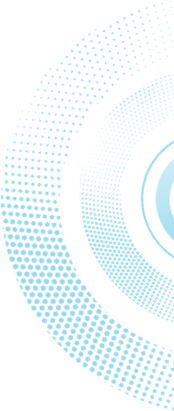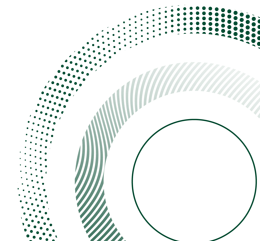Nonlinear waves at liquid interfaces
Gravity waves at liquid-gas or liquid-liquid interface are observed by everyone multiple times per day; they are important in industrial applications, defining the mass, momentum, and energy transport regimes. Their modeling requires cutting-edge mathematical models, thus stimulating further developments. Theoretical description of interfacial flows is always challenging since the computational domain is unknown a priori, so that the fluid interface must be determined during the solution process. The approach considered in this talk to deal with such flows is the application of reduced-order modelling that transforms the original problem governed by partial differential equations into a simplified system of, e.g., ordinary differential equations, allowing for extensive qualitative analysis.
The talk presents a brief review of problems related to gravity waves with a discussion on the appropriate modelling strategy; it mainly focuses on recent results of the investigation of resonant standing waves carried out at Tel Aviv University. The research, originally motivated by safety issues studies for nuclear reactors, considers fundamental questions of the spatiotemporal structure of resonant standing waves that may be excited in these systems. The experiments were carried out in a horizontally confined cavity filled either by two significantly different immiscible fluids (water and air) or by two miscible liquids with close properties (salty and pure water); the waves are excited by harmonic oscillations of a small immersed body. The wave structure is constrained in the frequency domain due to the fixed forcing frequency and the wavenumber spectrum subjected to the boundary conditions, resulting in a complex structure that essentially depends on the morphology of the interface. We propose a mathematical model and verify it by analysing the experimental data obtained in the lab, applying techniques developed to enable the identification and separation of the variety of coexisting wavemodes.
תאריך עדכון אחרון : 25/05/2025



